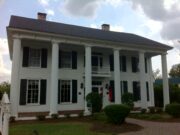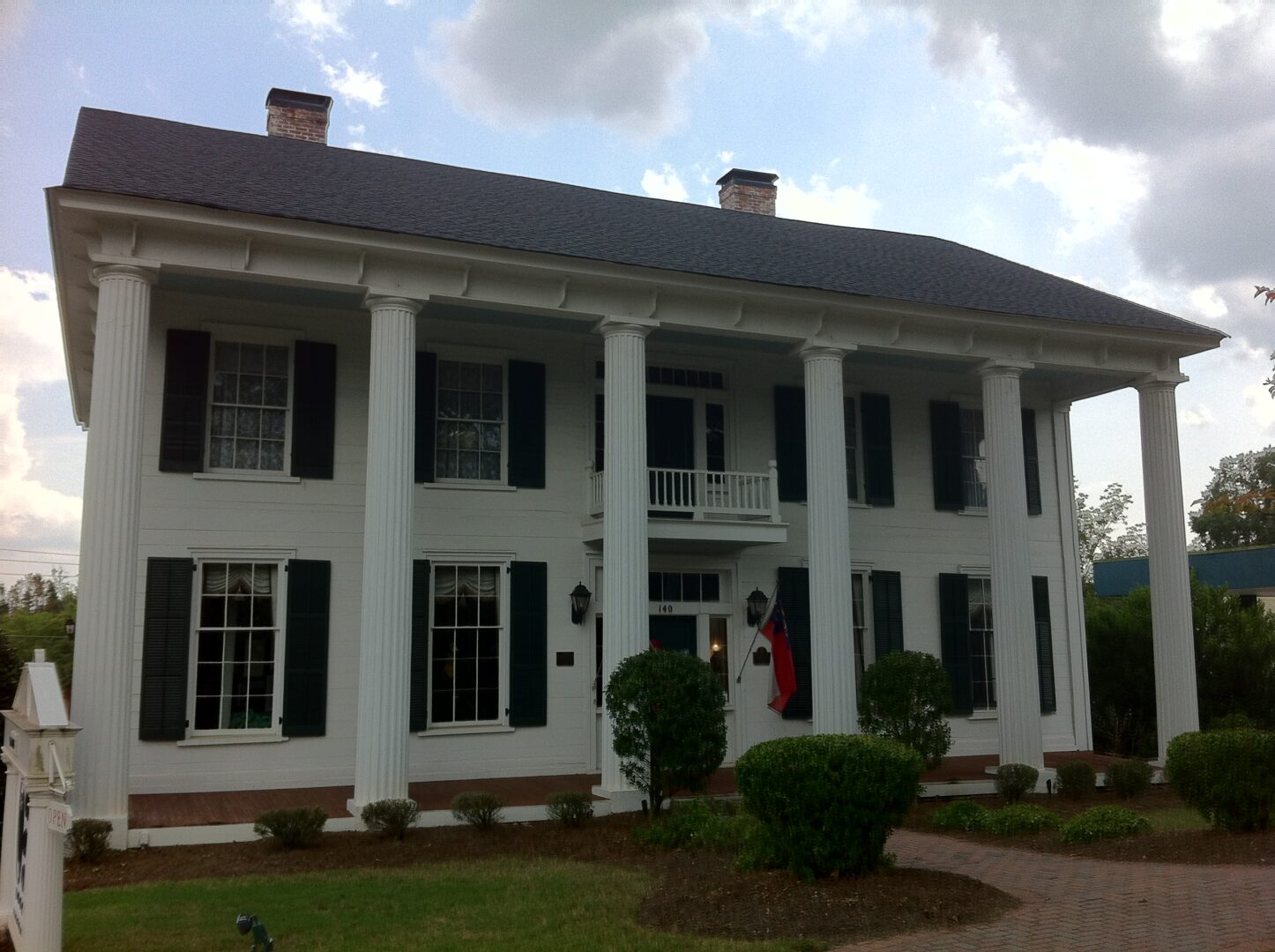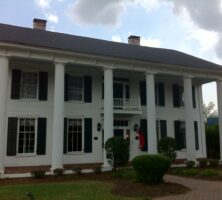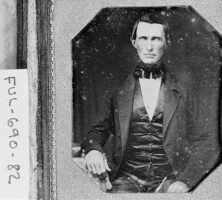Georgia native Doc Holliday, a noted gambler and gunman of the Old West, or Wild West, became famous for his role at the O.K. Corral gunfight in Tombstone, Arizona, in 1881, and for his lifelong friendship with Wyatt Earp. Holliday, an icon of American folk history, has been immortalized in numerous film and television productions.
Georgia Years
John Henry “Doc” Holliday was born on August 14, 1851, in Griffin, in Pike County (now part of Spalding County), to Alice Jane McKey and Henry Burroughs Holliday. His father served in the Civil War (1861-65) as a major in the Twenty-seventh Georgia Infantry, and the well-known physician Crawford Long was a cousin of Holliday’s. His uncle, John Stiles Holliday, built a Greek revival house in 1855 in Fayette County, which has been preserved as a local history museum. The family moved in 1864 to Bemiss, about seven miles from Valdosta. In 1866 Holliday’s mother died of tuberculosis, and that same year his father married Rachel Martin. Soon thereafter the family moved again, to Valdosta, where Holliday attended the Valdosta Institute, taking classes in rhetoric, grammar, mathematics, and languages.
Leaving Georgia for the first time at the age of nineteen, Holliday enrolled at the Pennsylvania College of Dental Surgery in 1870. He graduated in 1872 and returned to Georgia, where he began practicing dentistry in Atlanta at the office of Dr. Arthur C. Ford. Later that year he returned to Griffin to open his own practice but soon developed chronic pulmonary tuberculosis. After a brief stay with relatives in Jonesboro, he headed west in 1873 to find a drier climate.
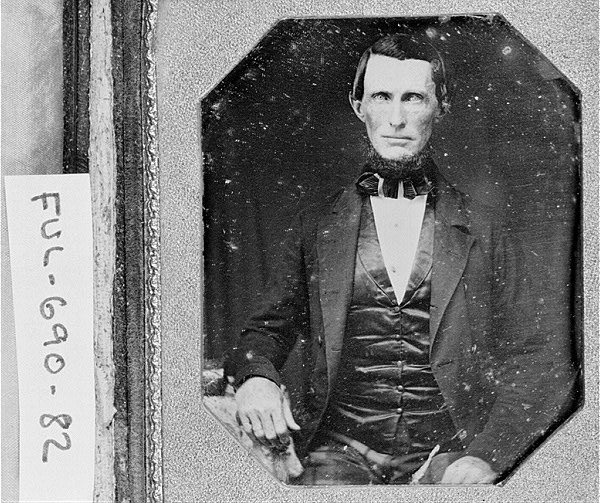
Holliday’s years in Georgia are shrouded in mystery. Family folklore involves Holliday in a shooting incident on the Withlacoochee River, northwest of Valdosta, in which he may have shot and killed one or more African Americans. Although no contemporary record of the event exists, the story fits the violent nature of his later years out West.
Western Career
Holliday arrived in Dallas, Texas, in September 1873 and initially practiced dentistry with John Seegar. He quickly made a name for himself as a card player, and often quarreled with other gamblers. In 1875 Holliday was arrested for trading gunfire with a saloon owner. Although the charges were eventually dropped, this incident, along with several gaming charges, caused him to leave Dallas.
Holliday drifted in and out of Fort Griffin and Jacksboro, Texas; Pueblo and Denver, Colorado; Cheyenne, Wyoming; and Deadwood, South Dakota. He returned to Denver before finally settling for a time in Dodge City, Kansas. Somewhere along that route he met Mary Katherine Harony, known as Kate Elder (sources disagree on whether the couple ever married, but they presented themselves as husband and wife). In Dodge City Holliday operated a dentistry practice out of his rooms and gambled with frontier cowboys in order to make a living. In late 1878 Holliday intervened in a showdown between Wyatt Earp, the assistant city marshal, and some rowdy cowboys. Earp insisted that Holliday had saved his life, and the deed cemented their friendship for life.
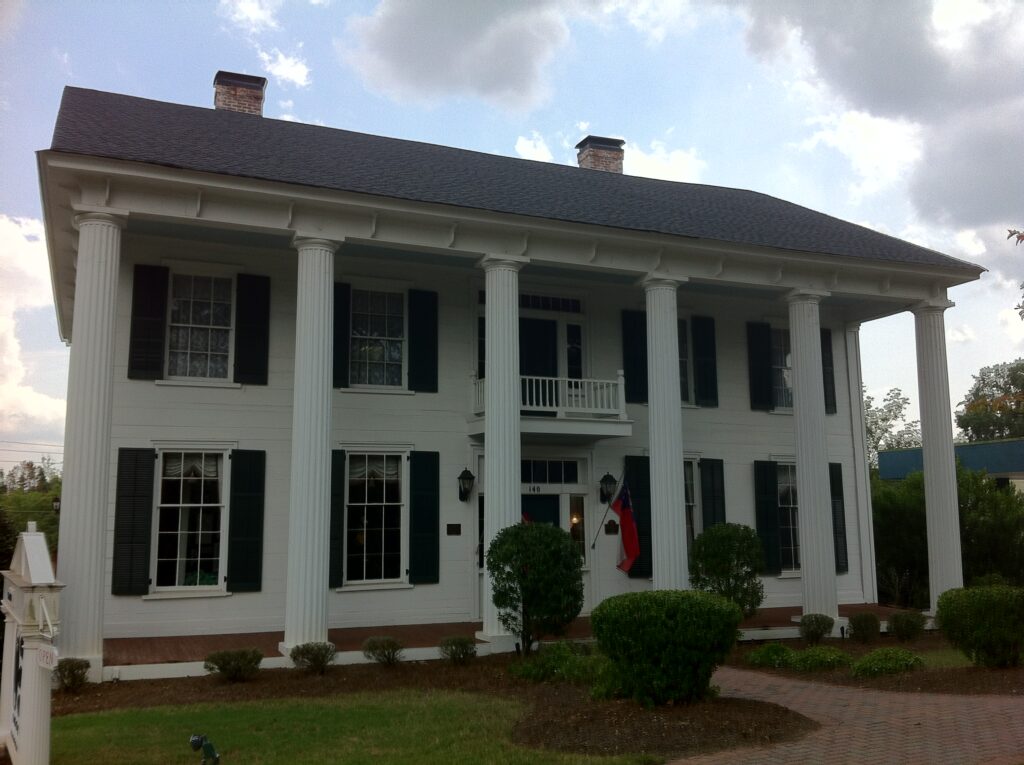
By 1879 Holliday had moved to Las Vegas, New Mexico, and opened a saloon. Following an altercation in which he killed a man and wounded a bartender, Holliday followed Earp to Tombstone, Arizona, where Earp had become a deputy sheriff. In 1881 Holliday was a suspect in an attempted stagecoach robbery in which two men died. Ike Clanton, a cowboy and cattle rustler, belonged to the gang that robbed the stagecoach, although it is unclear whether he took part in the attack. Clanton soon had a falling-out with the robbers, and he subsequently made a secret deal with Wyatt Earp—if he gave up the men responsible for the killings, Earp would give him the Wells Fargo reward money. Earp agreed in order to clear Holliday’s name and to burnish his reputation as a lawman.
On October 26, 1881, Holliday participated in the iconic gunfight at the O.K. Corral. The gunfight arose from a dispute the previous night between Holliday and Clanton, who was convinced that the Earp brothers—Wyatt, Virgil, and Morgan—and Holliday were going to reveal the secret deal. Holliday fought alongside the Earp brothers in the showdown that left three dead and two wounded. A retaliatory attack left Virgil Earp with a permanently damaged arm in December 1881, and Morgan Earp was killed in March 1882. In the wake of these events, Holliday joined Wyatt Earp in a vendetta campaign that resulted in the death of Frank Stilwell, a suspect in Morgan’s murder. Holliday and Earp fled Arizona together, and Holliday was arrested in Denver two months later. Colorado authorities refused to extradite Holliday to Arizona, however, and eventually released him.
By 1887 the progression of Holliday’s tuberculosis had reached its final stages, and he sought treatment in Glenwood Springs, Colorado, where he died on November 8, 1887, at the age of thirty-six.
Film Legacy
Wyatt Earp and Doc Holliday were not part of the dime-novel tradition that made legendary figures of other outlaws and frontiersmen of the Wild West. The first biography of Earp appeared only in 1931, two years after his death. Film was the primary medium through which his legend and that of Holliday were most fully shaped.
The gunfight at the O.K. Corral is usually the centerpiece of these film depictions, in which Holliday is often on equal footing with Earp as the protagonist; on occasion Holliday emerges as the more dominant character. The many actors portraying Holliday onscreen include Walter Huston in Howard Hughes’s The Outlaw (1943); Victor Mature in John Ford’s My Darling Clementine (1946); Kirk Douglas in Gunfight at the O.K. Corral (1957); and Stacy Keach in Doc (1971), which tells the O.K. Corral story from Holliday’s perspective. Long after the heyday of Hollywood westerns had waned, the Earp-Holliday story was revived in two films, with Holliday played by Val Kilmer in Tombstone (1993), and Dennis Quaid in Wyatt Earp (1994). In the long-running television series The Life and Legend of Wyatt Earp (1955-61), Doc Holliday (played by Douglas Fowley) appears only sporadically. The character of Doc Boone in John Ford’s classic Stagecoach (1939), for which actor Thomas Mitchell won an Academy Award, is widely considered to be loosely based on Holliday.


